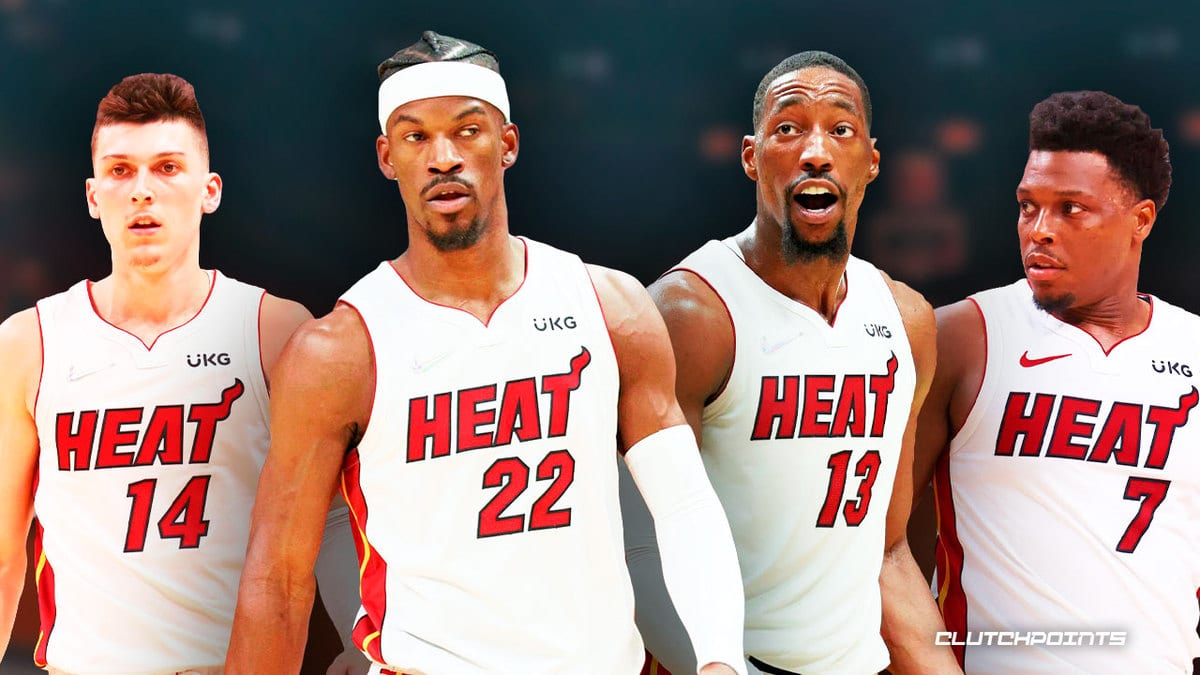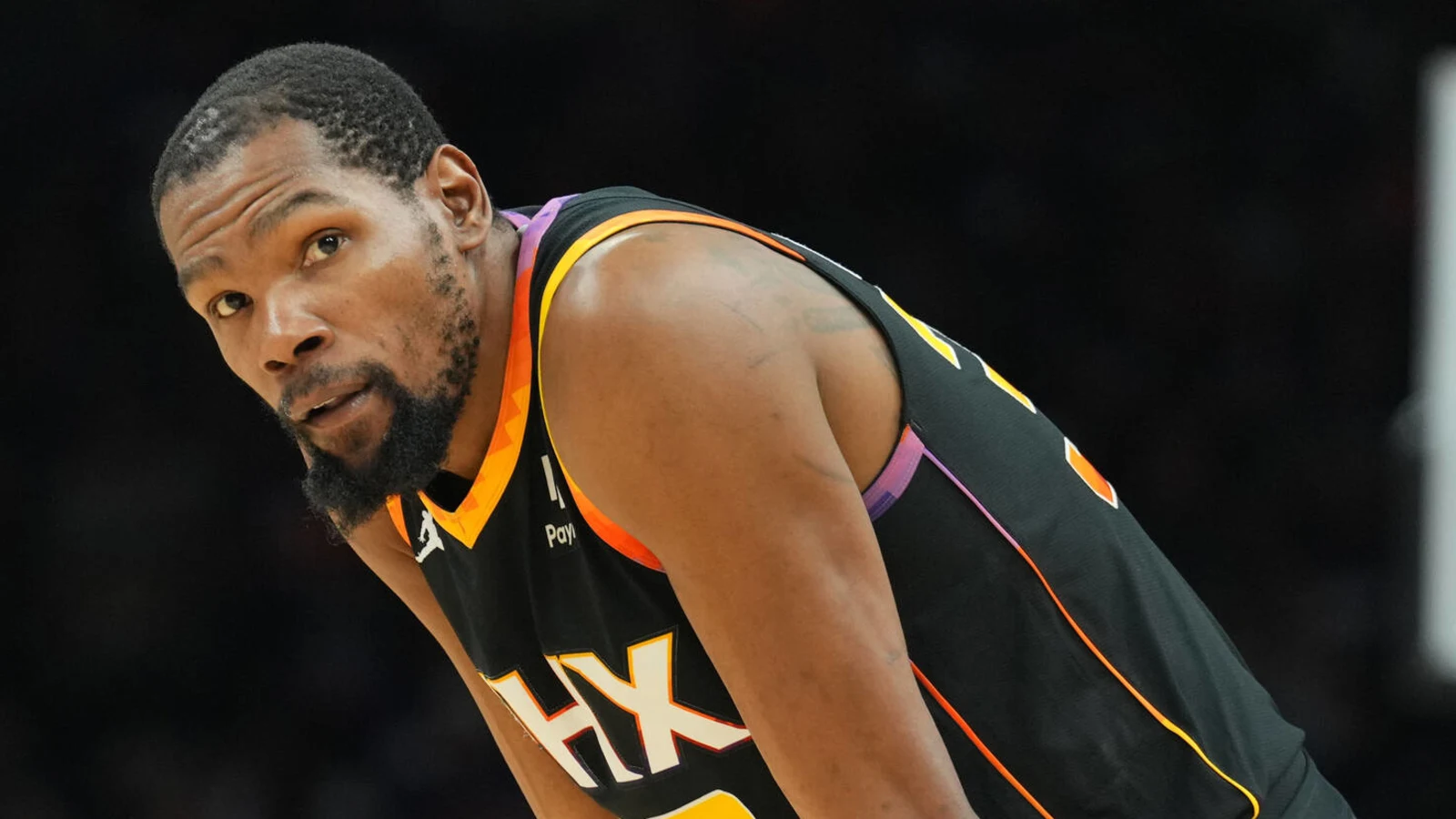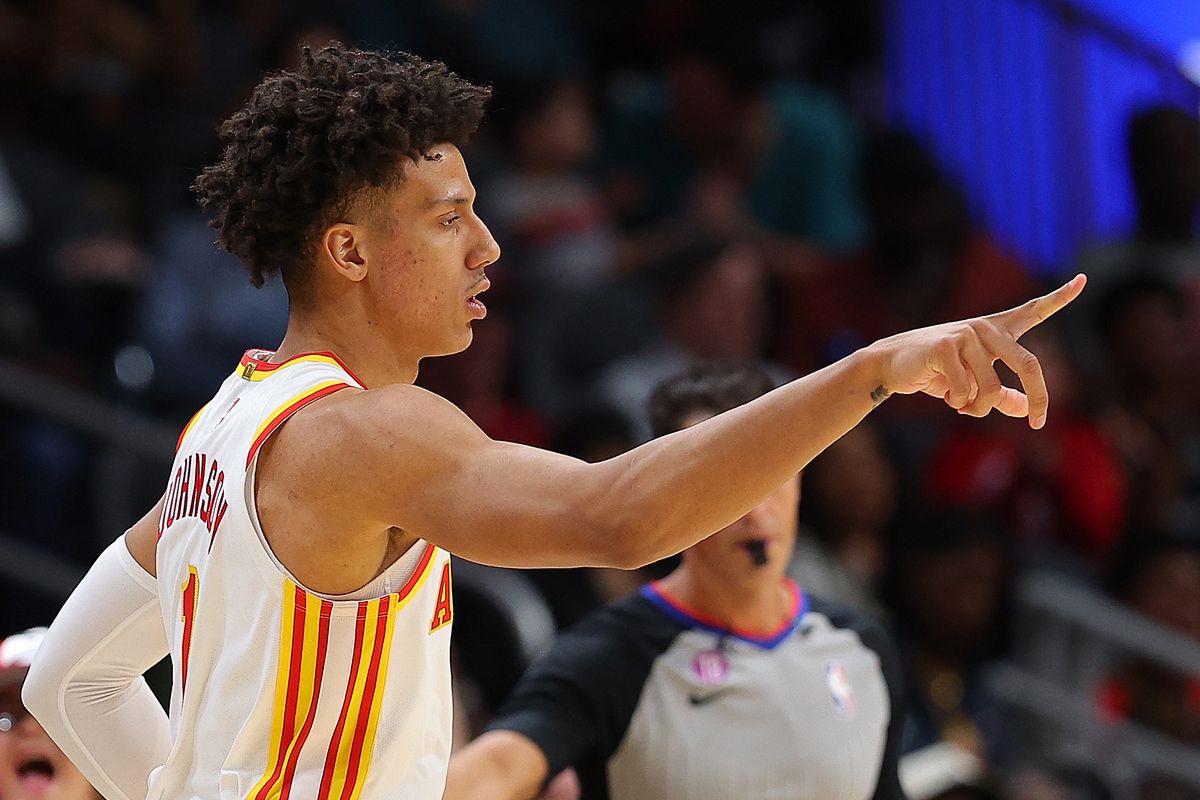
MIAMI – Yes, the face of the East has changed significantly since the Heat represented the conference in last season’s NBA Finals. And, yes, that change has continued in real time, with the New York Knicks last month obtaining OG Anunoby and the Indiana Pacers this week acquiring Pascal Siakam.

But there also is nothing more dangerous on the NBA trade market than being reactive. In that respect, when it comes to major moves, it remains best for the Miami Heat to remain proactive, first look inward, even after seeing the Milwaukee Bucks land Damian Lillard, the Boston Celtics add Jrue Holiday and Kristaps Porzingis, the Philadelphia 76ers load up on a tradable assets for James Harden. The reactive approach would be to try to match moves with the Celtics, who have set themselves up through the first half of the season as the East’s team to beat.
Except the Celtics still are the Celtics of Jayson Tatum and Jaylen Brown, the Celtics that the Heat have defeated in two of the past four postseasons, including last season, and also forced to a Game 7 another time. And for all the head-to-head matchups in Boston-Miami, there still is Erik Spoelstra vs. Joe Mazzulla, arguably the rivalry’s ultimate trump card.
All of which means there also is this: The Heat at the moment do not have to do anything. They arguably are no worse positioned than a year ago, basically subbing in Jaime Jaquez Jr. and Josh Richardson for Max Strus and Gabe Vincent. Yes, Dejounte Murray is an intriguing case study. Yes, there appear to be ample ancillary possibilities, including Jerami Grant and Malcolm Brogdon if Joe Cronin has restored his phone service in Portland.
Terry Rozier also could entice. But asset management dictates prudence, proactively pouncing when the moment is right, rather than taking so many chips off the table that subsequent packaging becomes problematic. A small move now, at, for argument’s sake, the cost of Luka Doncic later? That is not how it has worked here for years. When the possibilities are the level of Shaquille O’Neal, LeBron James, Chris Bosh, even Goran Dragic or Jimmy Butler, you jump in both feet first.
But when you have successfully mined the developmental pipeline and maximized the buyout market, you don’t trade for what could make you better; you wait for what will make you better. No, the buyout market will not be what it once was for the Heat, the Heat limited, because of their position against the luxury tax, to bought-out players earning no more than the league average of $12.4 million. So last year’s Kevin Love move could not have been made this year. But there still is Danilo Gallinari and others who could help fit gaps, with contracts below that $12.4 million limitation. So where to draw the line with the Feb. 8 NBA trading deadline now just three weeks away? – Kyle Lowry’s expiring $29.7 million contract:
This only stands as attractive to an acquiring team if the Heat are willing to take on additional long-term money. So the real math here is that if Lowry is not part of a superstar deal, such as the one the Heat attempted to make over the summer with the Trail Blazers for Lillard, then his money off the books in the offseason becomes the money to potentially keep impending free agents Caleb Martin and Haywood Highsmith on the books. Martin and Highsmith might be the way to go. You need quality depth, players for those regular-season nights when Jimmy Butler just doesn’t feel like it.
– Caleb’s Martin’s expiring $6.8 million contract: There is the potential that Martin gets a Strus-level deal elsewhere in the offseason and the Heat have to walk away, as they did with Strus. So the question here becomes which the Heat prioritize more: Running it to the conclusion of Martin’s contract this spring (he has an opt-out he likely will invoke) or get something of longer-term value now? If Martin as a sweetener can fetch elite talent when paired with Lowry’s contract as a salary-cap match, then a trade could make sense in light of stricter league-wide trade restrictions that kick in this offseason. – Jaime Jaquez Jr. and Nikola Jovic: Remember when these two names were bandied about in the summer as little more than sweeteners to a potential Heat deal for Lillard, as if neither was of consequence? No, you don’t trade Jaquez. Period. The value on a rookie-scale contract cannot be replicated (arguably the best bang-for-the-buck value on the Heat roster).
Jovic is a bit of a different story, with it still unclear if Spoelstra would tolerate the defense on a playoff stage in a tradeoff for the offensive uniqueness. So if Jovic, like Martin, can be part of something significant, then perhaps. – Draft picks: Because the Heat owe the Thunder a lottery-protected first-round pick in 2025, their 2024 and 2026 selection cannot be dealt (you cannot have consecutive future years without a first-round pick). But there still is the ability to deal two future first-round picks among their 2027, ’28, ’29 and ’30 picks. Still, in a league where just about every superstar-level trade involves multiple first-rounders, this is another element that should remain off-limits for anything short of a Lillard-level deal. –
Trade exceptions: The Heat hold three trade exceptions, valued at $9.5 million, $7.2 million and $4.7 million. These essentially were generated in salary dumps to save against the luxury tax, so it is highly unlikely they would be put into play, particularly because players at such level could just as possibly be acquired on the buyout market by that March 1 deadline for playoff eligibility.
– Dru Smith: This is one of the coldest realities of the trade market. If the Heat can find a taker for the minimum contract of the guard who is sidelined for the season following knee surgery, they could add a roster replacement without an additional luxury-tax hit. Such deals typically involve sending out cash with the player as a sweetener.



Be the first to comment